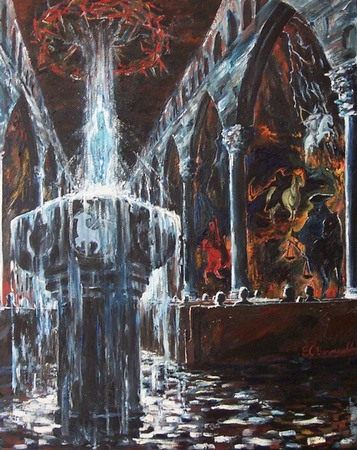Overview

A dynamic structure emphasizes the experience of the hearers. Understanding the sermon as an event in time, the preacher structures the sermon by ordering the sequence of experiences on the part of the hearers. This sequence mirrors a particular spiritual or cultural way of knowing. For example, recognizing the centrality of daily repentance as an experience of the faith, the preacher might organize the sermon as a movement from the experience of law (leading to the confession of sin) to the experience of gospel (leading to trust in God’s gracious work in Christ). In some cases, dynamic structures can be use the rhetorical experiences of a culture in service to the proclamation of the gospel and thereby be quite accessible for contemporary hearers. The sermon structure helps the preacher identify the dynamics of a particular cultural experience (i.e., the contemporary cultural experience of images) and then creatively appropriate those dynamics for proclamation of the faith (i.e., helping hearers approach the faith through the experience of images).
Dynamic structures include:
